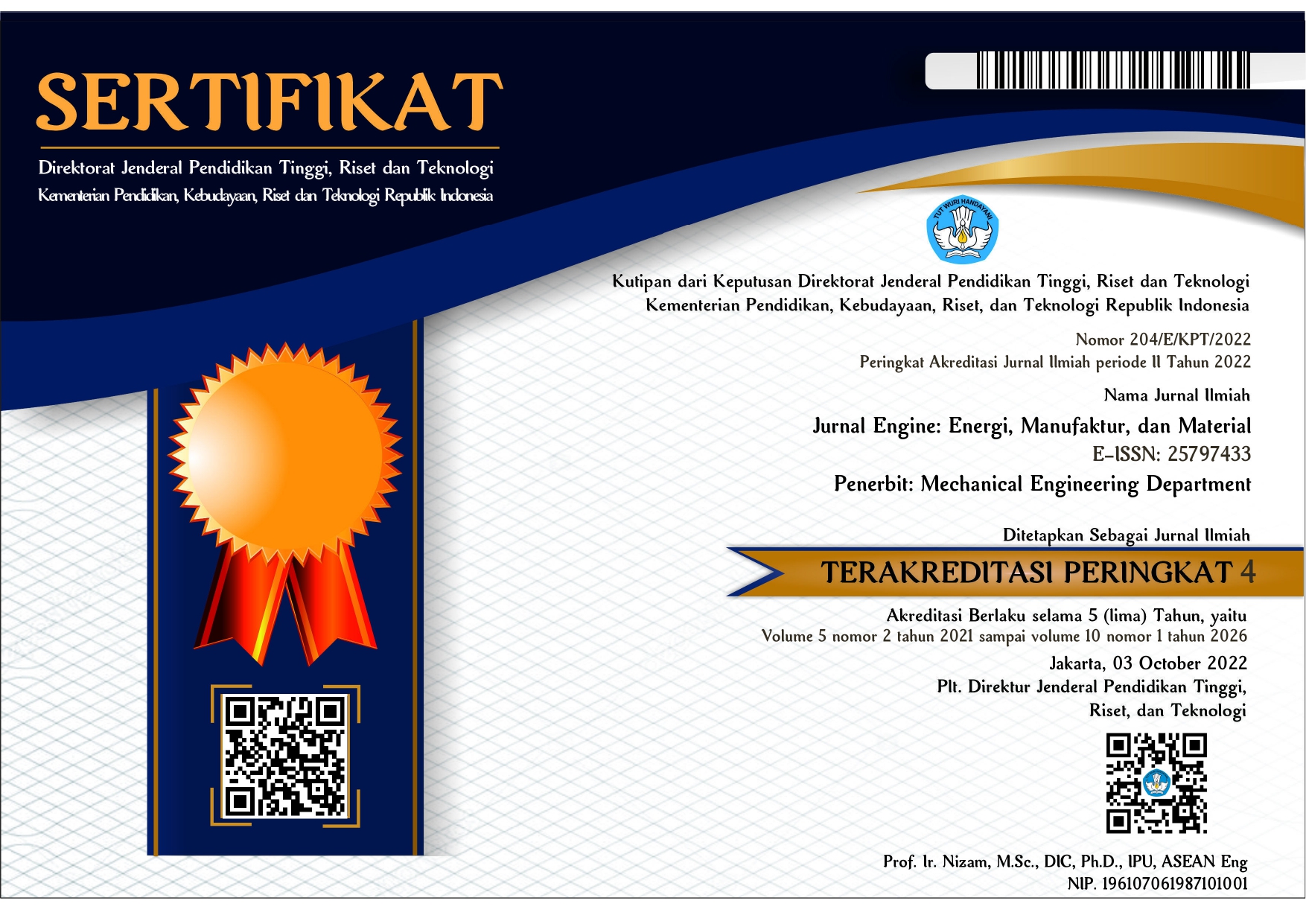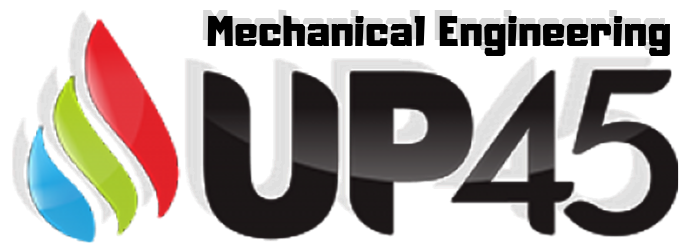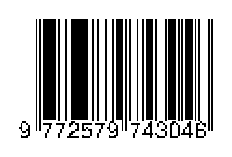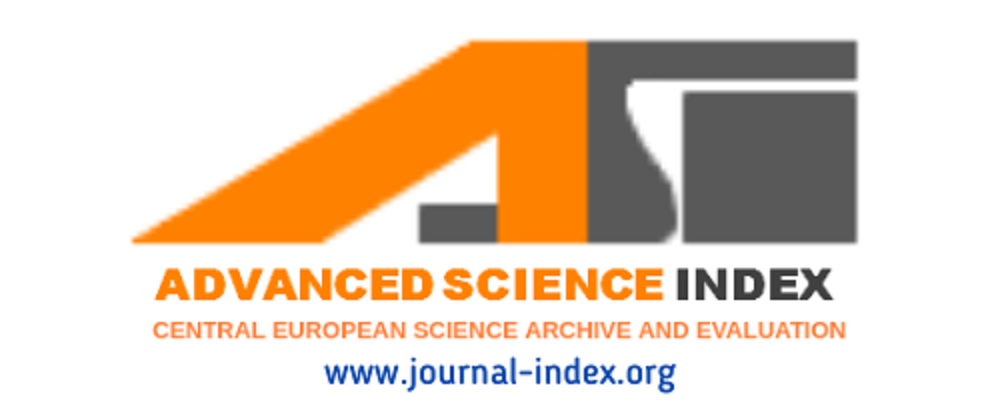Elastic Recovery Permukaan UHMWPE Berpasangan dengan Baja Tahan Karat 316L, Kobalt Khrom dan Titanium
(1) Departemen Teknik Mesin, Sekolah Vokasi, Universitas Gadjah Mada
(2) Departemen Teknik Mesin, Sekolah Vokasi, Universitas Gadjah Mada
(*) Corresponding Author
Abstract
Keywords
Full Text:
PDFReferences
Baena, J. C., Wu, J., & Peng, Z. (2015). Wear Performance of UHMWPE and Reinforced UHMWPE Composites in Arthroplasty Applications: A Review. Lubricants, 3(2), 413-436. doi:https://doi.org/10.3390/lubricants3020413
Bergmann, G., Bender, A., Dymke, J., Duda, G., & Damm, P. (2016). Standardized Loads Acting in Hip Implants. PLOS ONE, 11(5), e0155612 (1-23). doi:https://doi.org/10.1371/journal.pone.0155612
Bergmann, G., Bender, A., Graichen, F., Dymke, J., Rohlmann, A., Trepczynski, A., . . . Kutzner, I. (2014). Standardized Loads Acting in Knee Implants. PLOS ONE, 9(1), e86035 (1-12). doi:https://doi.org/10.1371/journal.pone.0086035
Cho, C., Murakami, T., & Sawae, Y. (2016). Influence of Elastic Recovery of Machining Surface Asperities on the Contact Stress and Plastic Strain of Polyethylene Tibial Insert in Virgin Knee Prosthesis. Tribologi Online, 11(2), 320-325. doi:https://doi.org/10.2474/trol.11.320
Ingham, E., & Fisher, J. (2005). The role of macrophages in osteolysis of total joint replacement. Biomaterials, 26(11), 1271-1286. doi:https://doi.org/10.1016/j.biomaterials.2004.04.035
Kang, K.-T., Son, J., Kim, H.-J., Baek, C., Kwon, O.-R., & Koh, Y.-G. (2017). Wear predictions for UHMWPE material with various surface properties used on the femoral component in total knee arthroplasty: a computational simulation study. Journal of Materials Science: Materials in Medicine, 28, 105. doi:https://doi.org/10.1007/s10856-017-5916-5
Knahr, K. (2012). Total Hip Arthroplasty: Wear Behaviour of Different Articulations. Berlin: Springer.
Panin, S. V., Kornienko, L. A., Buslovich, D. G., & Dontsov, Y. V. (2018). The Role of Permolecular Structure in the Tribomechanical Performance of Extrudable Polymer Components of Ultrahigh Molecular Weight Polyethylene. AIP Conference Proceedings, 2053(1), 020009. doi:https://doi.org/10.1063/1.5084355
SMART-Servier Medical Art. (2019). SMART-Servier Medical Art. Retrieved Nov 2019, from SERVIER: https://smart.servier.com/
Teo, W. Z., & Schalock, P. C. (2017). Metal Hypersensitivity Reactions to Orthopedic Implants. Dermatology and Therapy, 7(1), 53-64. doi:https://doi.org/10.1007/s1355
DOI: https://doi.org/10.30588/jeemm.v3i2.587
Article Metrics
Abstract view : 546 timesPDF - 33 times
Refbacks
Copyright (c) 2019 Budi Basuki, Andhi Akhmad Ismail

This work is licensed under a Creative Commons Attribution 4.0 International License.

Jurnal Engine: Energi, Manufaktur, dan Material is licensed under a Creative Commons Attribution 4.0 International License.




.jpg)


















